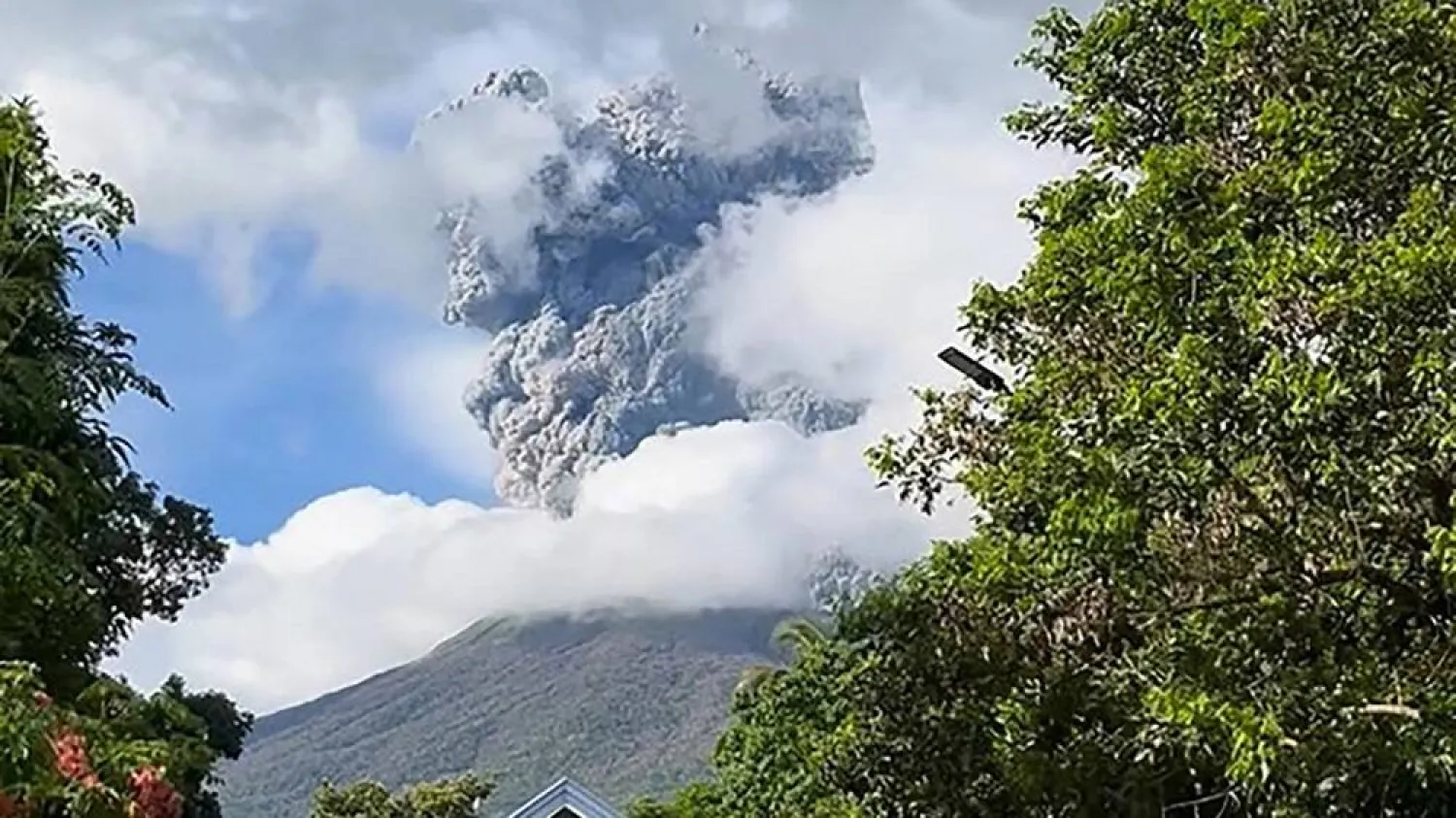Iraqi archaeological marvels that have survived millennia and the ravages of war now face a modern threat: being blasted and slowly buried by sandstorms linked to climate change, AFP reported.
Ancient Babylonian treasures, painstakingly unearthed, are slowly disappearing again under wind-blown sand in a land parched by rising heat and prolonged droughts.
Iraq, one of the countries worst-hit by climate change, endured a dozen major sandstorms last year that turned the sky orange, brought daily life to a halt and left its people gasping for air.
When the storms clear, layers of fine sand cover everything -- including the Sumerian ruins of Umm al-Aqarib, "the Mother of Scorpions", in the southern desert province of Dhi Qar.
Sandstorms have slowly begun to reverse years of work there to unearth the temples' terracotta facades and many priceless artifacts, said archaeologist Aqeel al-Mansrawi.
Archaeologists in Iraq have always had to shovel sand, but now the volumes are growing.
After a decade of worsening storms, sand at Umm al-Aqarib now "covers a good part of the site", that dates back to around 2350 BC and spans more than five square kilometers, he said.
In the past, the biggest threat was looting of antiquities at the ruins, where pottery fragments and clay tablets bearing ancient cuneiform script have been discovered.
Now the changing weather and its impact on the land, especially creeping desertification, spell an additional threat to ancient sites all across southern Iraq, said Mansrawi.
"In the next 10 years," he said, "it is estimated that sand could have covered 80 to 90 percent of the archaeological sites."
"The sandstorms became more frequent, the wind became dustier and the temperatures increase," said Jaafar al-Jotheri, professor of archaeology at Iraq's Al Qadisiyah University.
"The soil has become more fragile and fragmented because of the lack of vegetation and roots," he explained.
As more farmers flee the countryside, "their land is left behind and abandoned and its soil becomes more exposed to the wind".
Winds pick up "more sediment fragments that reach the archaeological sites", Jotheri said, adding that the "sand and silt cause physical weathering and disintegration of buildings".







